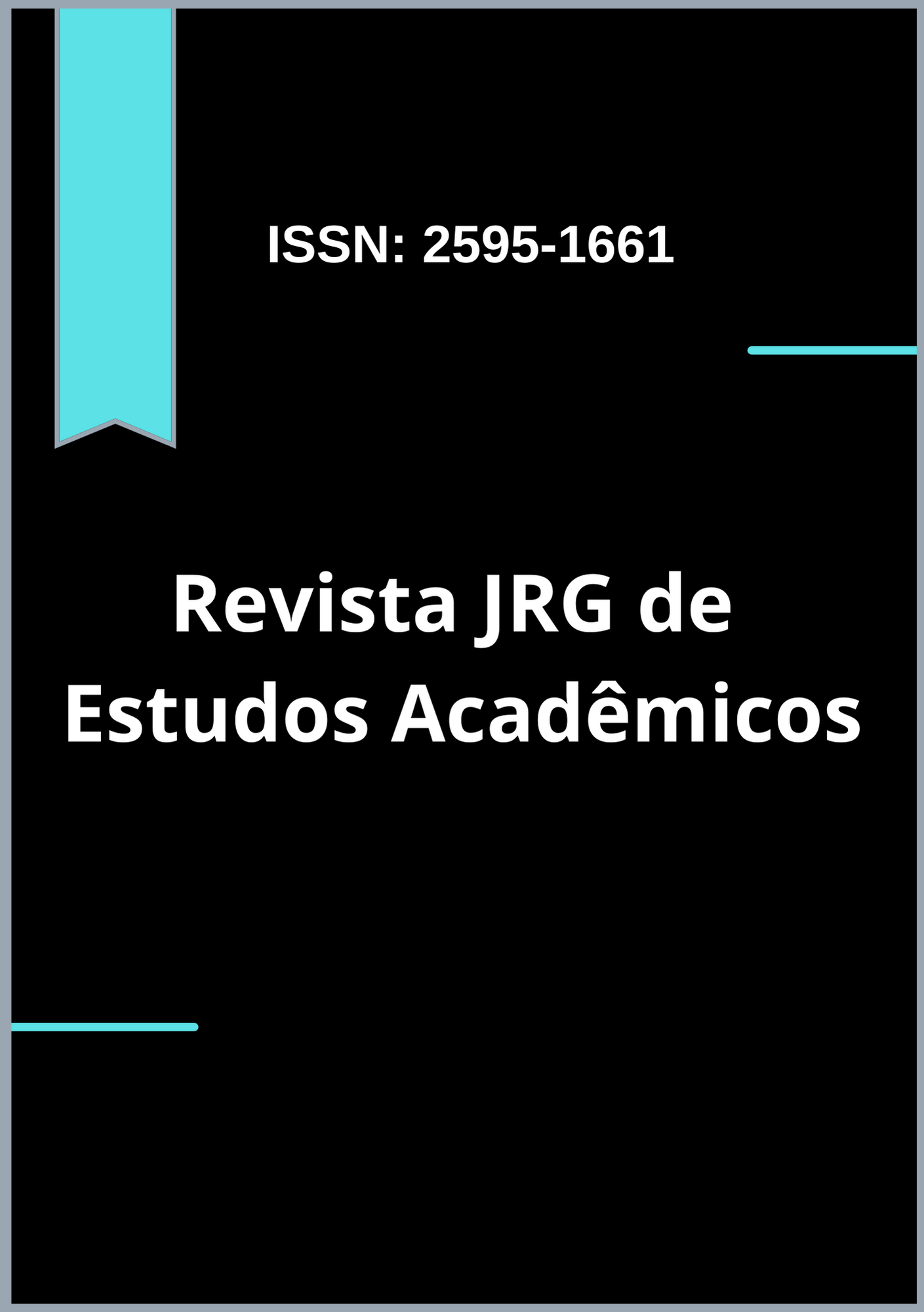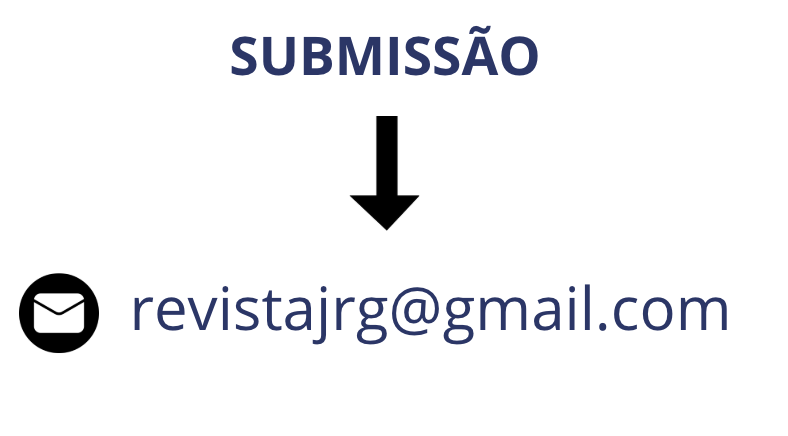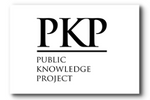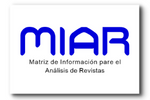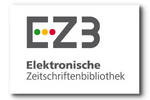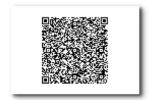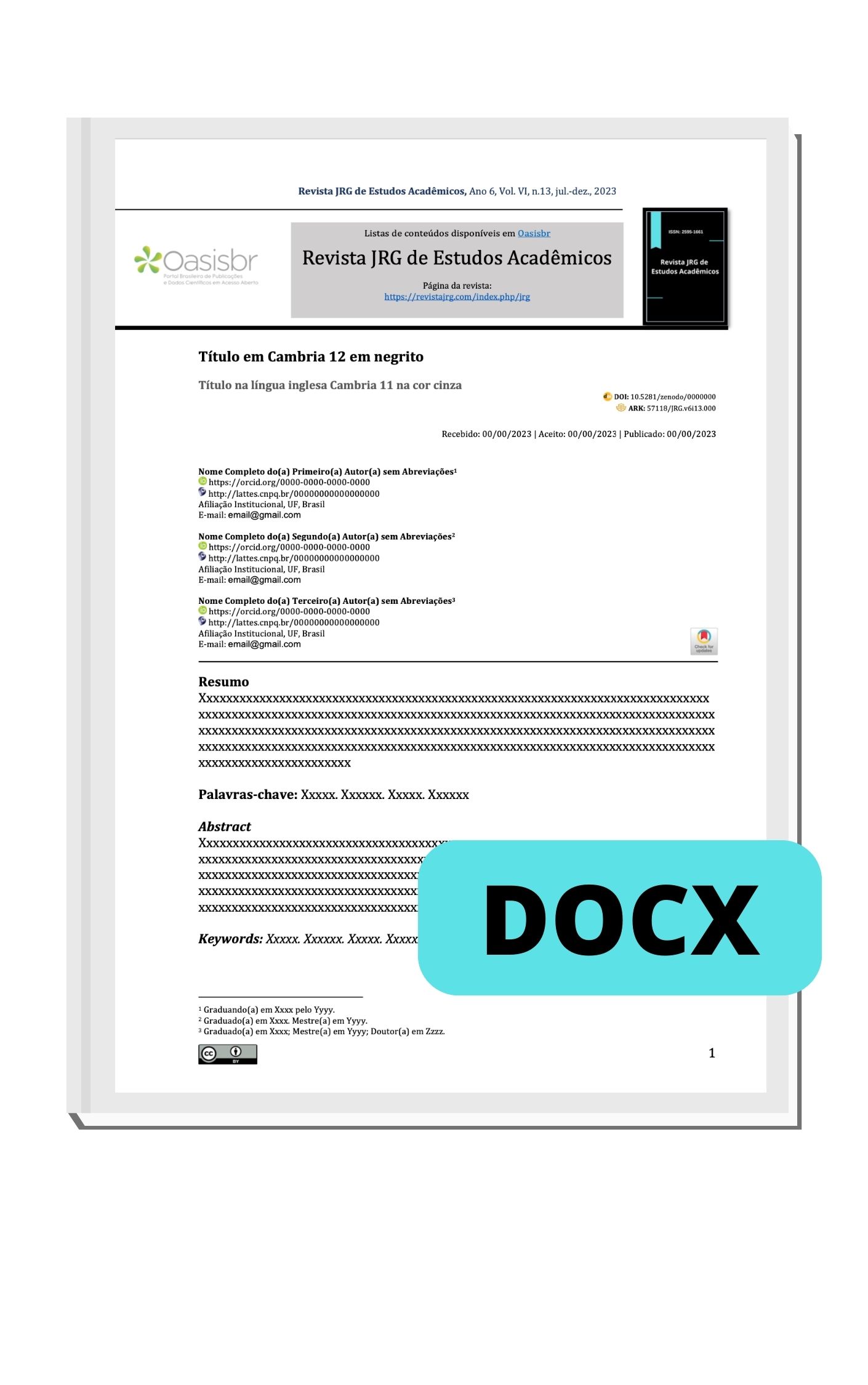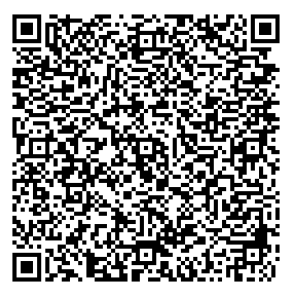The Role of the Physiotherapist in Children with Autism Spectrum Disorder (ASD)
DOI:
https://doi.org/10.55892/jrg.v7i14.1120Keywords:
Autism Spectrum Disorder, Physiotherapy and ASD, ASD TreatmentAbstract
Introduction: The present thesis revolves around the central theme of "The role of the physiotherapist in children with Autism Spectrum Disorder (ASD) - ASD". Autism, or Autism Spectrum Disorder (ASD), is a neurological condition that affects a child's ability to communicate and socially interact. Characterized by a wide range of symptoms and levels of disability, ASD can significantly impact the quality of life of the child and their family. Objective: The aim of this study is to investigate the role of the physiotherapist in the treatment of children with ASD. Methodology: Physiotherapy, as a therapeutic intervention, can play a crucial role in improving the motor skills, coordination, and physical strength of these children. Additionally, it can contribute to reducing the repetitive and restrictive behaviors often observed in individuals with ASD. Results: The findings have significant implications for clinical practice, providing guidance to physiotherapists on how to enhance the effectiveness of their interventions for children with ASD. Furthermore, the study contributes to the academic literature on the subject by addressing existing uncertainties regarding the role of physiotherapy in the treatment of autism. Conclusion: Physiotherapy, as a therapeutic intervention, can play a crucial role in improving the motor skills, coordination, and physical strength of children with ASD. Additionally, it can contribute to reducing the repetitive and restrictive behaviors often observed in individuals with ASD.
Downloads
References
American Physical Therapy Association (APTA). The role of the physical therapist in the management of individuals with autism spectrum disorders. Physical Therapy, v. 85, n. 11, p. 1126-1139, 2005.
BREMER, Emily; BALOGH, Robert; LLOYD, Meghann. Effectiveness of a fundamental motor skill intervention for 4-year-old children with autism spectrum disorder: A pilot study. Autism, v. 19, n. 8, p. 980-991, 2015.
BREMER, Emily; CROZIER, Michael; LLOYD, Meghann. A systematic review of the behavioural outcomes following exercise interventions for children and youth with autism spectrum disorder. Autism, v. 20, n. 8, p. 899-915, 2016.
BANACH, Ryan et al. Brief report: Relationship between non-verbal IQ and gender in autism. Journal of autism and developmental disorders, v. 39, p. 188-193, 2009.
BARANEK, Grace T. et al. Hyporesponsiveness to social and nonsocial sensory stimuli in children with autism, children with developmental delays, and typically developing children. Development and psychopathology, v. 25, n. 2, p. 307-320, 2013.
BATTAGLIA, Giuseppe et al. Influence of a specific aquatic program on social and gross motor skills in adolescents with autism spectrum disorders: Three case reports. Journal of functional Morphology and Kinesiology, v. 4, n. 2, p. 27, 2019.
BHAT, Anjana N.; LANDA, Rebecca J.; GALLOWAY, James C. Cole. Current Perspectives on Motor Functioning in Infants, Children, and Adults With Autism Spectrum.
BORSTAD, Alexandra L. et al. Sensorimotor training and neural reorganization after stroke: a case series. Journal of neurologic physical therapy, v. 37, n. 1, p. 27-36, 2013.
CASE-SMITH, Jane; WEAVER, Lindy L.; FRISTAD, Mary A. A systematic review of sensory processing interventions for children with autism spectrum disorders. Autism, v. 19, n. 2, p. 133-148, 2015.
Center for Disease Control and Prevention. Prevalence of autism spectrum disorders among children aged 8 years: autism and developmental disabilities monitoring network, 11 sites, United States, 2010. Surveillance Summaries, 63(2), 1-21. (2014).
CYNTHIA, Campos et al. Exploring the role of physiotherapists in the care of children with autism spectrum disorder. Physical & occupational therapy in pediatrics, v. 39, n. 6, p. 614-628, 2019.
DA SILVA SANTOS, Gislainne Thaice; MASCARENHAS, Millena Santana; DE OLIVEIRA, Erik Cunha. A contribuição da fisioterapia no desenvolvimento motor de crianças com transtorno do espectro autista. Cadernos de Pós-Graduação em Distúrbios do Desenvolvimento, v. 21, n. 1, p. 129-143, 2021.
DAWSON, Geraldine et al. Randomized, controlled trial of an intervention for toddlers with autism: the Early Start Denver Model. Pediatrics, v. 125, n. 1, p. e17-e23, 2010.
DENZIN, Norman K. Strategies of qualitative inquiry. Sage, 2008.
DEWEY, Deborah; CANTELL, Marja; CRAWFORD, Susan G. Motor and gestural performance in children with autism spectrum disorders, developmental coordination disorder, and/or attention deficit hyperactivity disorder. Journal of the International Neuropsychological Society, v. 13, n. 2, p. 246-256, 2007.
DOS SANTOS, Cláudia Lilian Alves et al. Práticas de inclusão de alunos autistas na Educação Infantil: do lúdico ao uso de softwares. Revista Educar Mais, v. 7, p. 344-366, 2023.
FERNANDES, Conceição Santos; TOMAZELLI, Jeane; GIRIANELLI, Vania Reis. Diagnóstico de autismo no século XXI: evolução dos domínios nas categorizações nosológicas. Psicologia USP, v. 31, p. e200027, 2020.
GARCIA, Sônia Cardoso Moreira; NASCIMENTO, Mayara Andrine; PEREIRA, Marília. Autismo Infantil: Acolhimento E Tratamento Pelo Sistema Único De Saúde. Revista Valore, v. 2, n. 1, p. 155-167, 2017.
GIRIANELLI, Vania Reis et al. Diagnóstico precoce do autismo e outros transtornos do desenvolvimento, Brasil, 2013–2019. Revista de Saúde Pública, v. 57, p. 21, 2023.
GOMES, Paulyane et al. Autism in Brazil: a systematic review of family challenges and coping strategies. Jornal de pediatria, v. 91, p. 111-121, 2015.
KASARI, Connie et al. Randomized controlled caregiver mediated joint engagement intervention for toddlers with autism. Journal of autism and developmental disorders, v. 40, p. 1045-1056, 2010.
KAUR, Maninderjit; SRINIVASAN, Sudha M.; BHAT, Anjana N. Comparing motor performance, praxis, coordination, and interpersonal synchrony between children with and without Autism Spectrum Disorder (ASD). Research in developmental disabilities, v. 72, p. 79-95, 2018.
KETCHESON, Leah; HAUCK, Janet; ULRICH, Dale. The effects of an early motor skill intervention on motor skills, levels of physical activity, and socialization in young children with autism spectrum disorder: A pilot study. Autism, v. 21, n. 4, p. 481-492, 2017.
LANDINS, Alisson Alves et al. Uso terapêutico do cannabidiol no Transtorno do Espectro Autista. Brazilian Journal of Health Review, v. 7, n. 2, p. e69300-e69300, 2024.
LIBERTUS, Klaus et al. Limited fine motor and grasping skills in 6‐month‐old infants at high risk for autism. Child development, v. 85, n. 6, p. 2218-2231, 2014.
LIU, Xianchen et al. Sleep disturbances and correlates of children with autism spectrum disorders. Child psychiatry and human development, v. 37, p. 179-191, 2006.
MAGALHÃES, Luiza Lopes et al. Realidade virtual, psicomotricidade e musicoterapia como formas de tratamento da criança autista: Uma revisão bibliográfica. Revista Científica Multidisciplinar Núcleo do Conhecimento. Ano, v. 5, p. 130-140, 2020.
MALAGONI, Giulia; LUZ, Ana Clara. Dificuldades no diagnóstico de autismo em meninas. Estudos Avançados Sobre Saúde e Natureza, v. 1, 2021.
RIBEIRO, Tatiane Cristina. Epidemiologia do transtorno do espectro do autismo: rastreamento e prevalência na população . 2022. Tese de Doutorado. Universidade de São Paulo.
PIVOVAROV, Jacklyn A.; TAPLIN, Craig E.; RIDDELL, Michael C. Current perspectives on physical activity and exercise for youth with diabetes. Pediatric diabetes, v. 16, n. 4, p. 242-255, 2015.
RADONOVICH, K. J.; FOURNIER, Kimberly A.; HASS, Christopher J. Relationship between postural control and restricted, repetitive behaviors in autism spectrum disorders. Frontiers in integrative neuroscience, v. 7, p. 28, 2013.
ROTHER, E. T. Revisão sistemática x revisão narrativa. Acta Paul. Enferm.20(2)v-vi. 2007.
SCHAAF, Roseann C.; MILLER, Lucy Jane. Occupational therapy using a sensory integrative approach for children with developmental disabilities. Mental retardation and developmental disabilities research reviews, v. 11, n. 2, p. 143-148, 2005.
SILVA, Louisa MT et al. Qigong massage treatment for sensory and self-regulation problems in young children with autism: A randomized controlled trial. The American Journal of Occupational Therapy, v. 63, n. 4, p. 423-432, 2009.
TOLEDO, J. A.; RODRIGUES, M. C. Teoria da mente em adultos: uma revisão narrativa da literatura. Bol. Acad. Paul. Psicol. 37(92):139-156. 2017.
Xavier Botini Nunes, B., Lopes Vieira, F., Teixeira Lima, L., Dos Santos Teles, G., De Jesus Lima, A., Da Silveira dos Santos Machado, B., & Mayumi Lourenço Mutou, F. (2023). ATUAÇÃO DA FISIOTERAPIA NOS TRANSTORNOS MOTORES EM CRIANÇAS COM TEA: UMA REVISÃO BIBLIOGRÁFICA. RECIMA21 - Revista Científica Multidisciplinar - ISSN 2675-6218, 4(11).
WHYATT, Caroline; CRAIG, Cathy. Sensory-motor problems in Autism. Frontiers in integrative neuroscience, v. 7, p. 51, 2013.
WUANG, Yee-Pay et al. The effectiveness of simulated developmental horse-riding program in children with autism. Adapted Physical Activity Quarterly, v. 27, n. 2, p. 113-126, 2010.
ZWAIGENBAUM, Lonnie et al. Early identification of autism spectrum disorder: recommendations for practice and research. Pediatrics, v. 136, n. Supplement_1, p. S10-S40, 2015.
